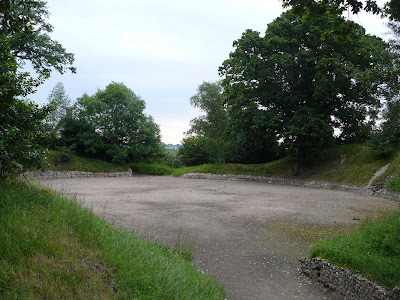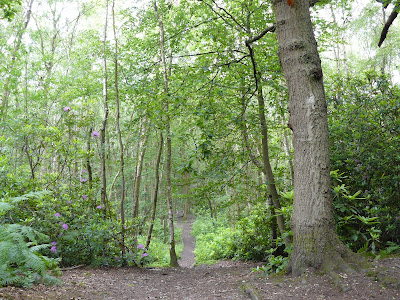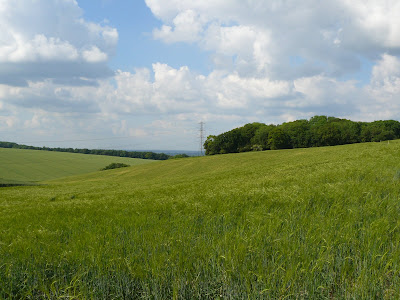We had hoped to go out for a walk yesterday, but it was cold and wet. Today however dawned bright and dry. This walk starts in the centre of Axbridge [see photos from the last time we did it], touches the edge of Cheddar Reservoir and then follows the route of the former Cheddar Valley Somerset Crook Peak
The former Strawberry Valley line
Rating: three and half stars.
From: Pathfinder Guides No 21 – Somerset
Sightings
The highlight was a grey heron standing by the edge of a rhine (waterway). We also enjoyed a willow with a distinctly Mohican look (the ubiquitous Crook Peak is again in the background).

















































